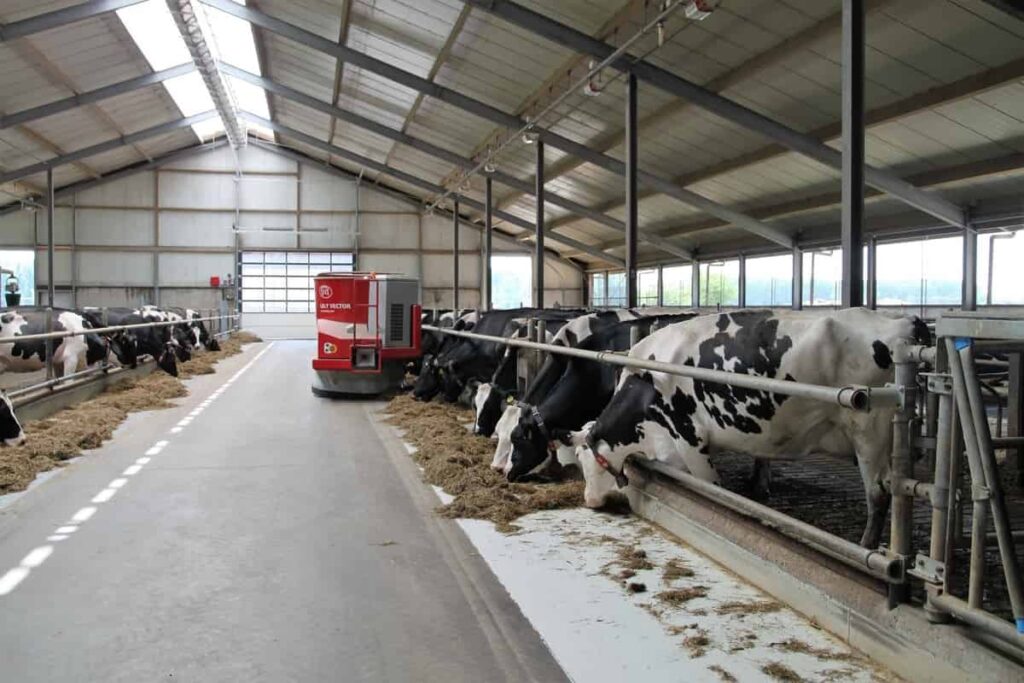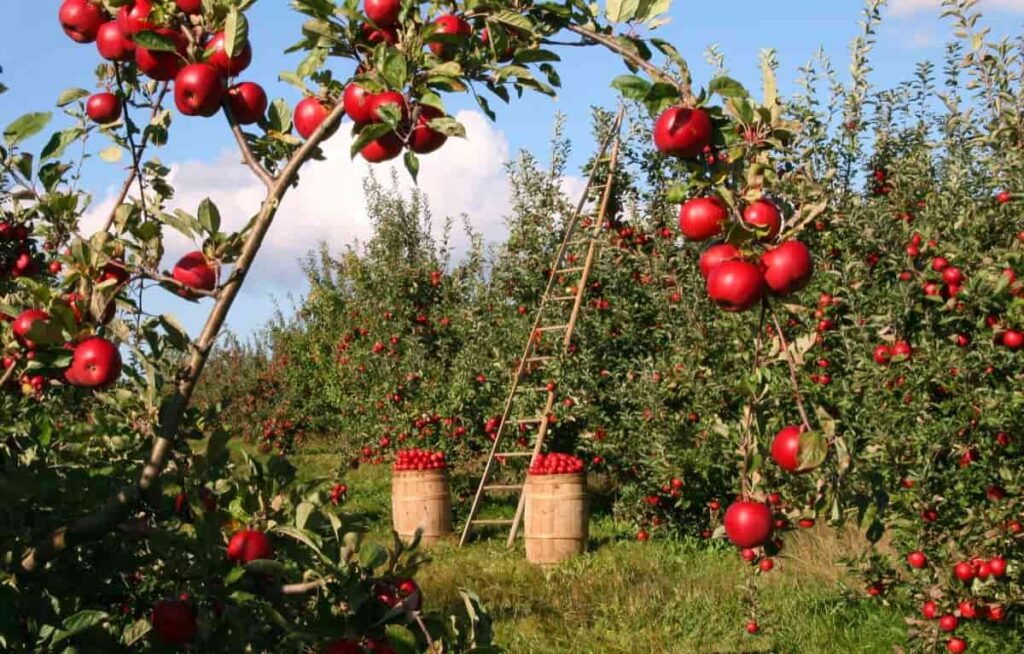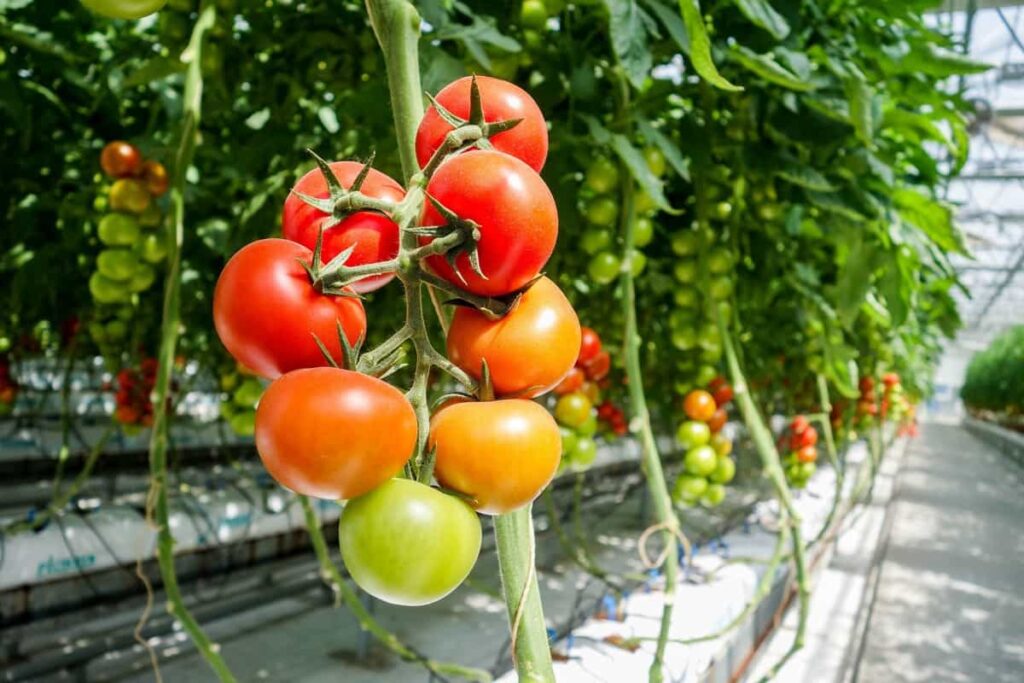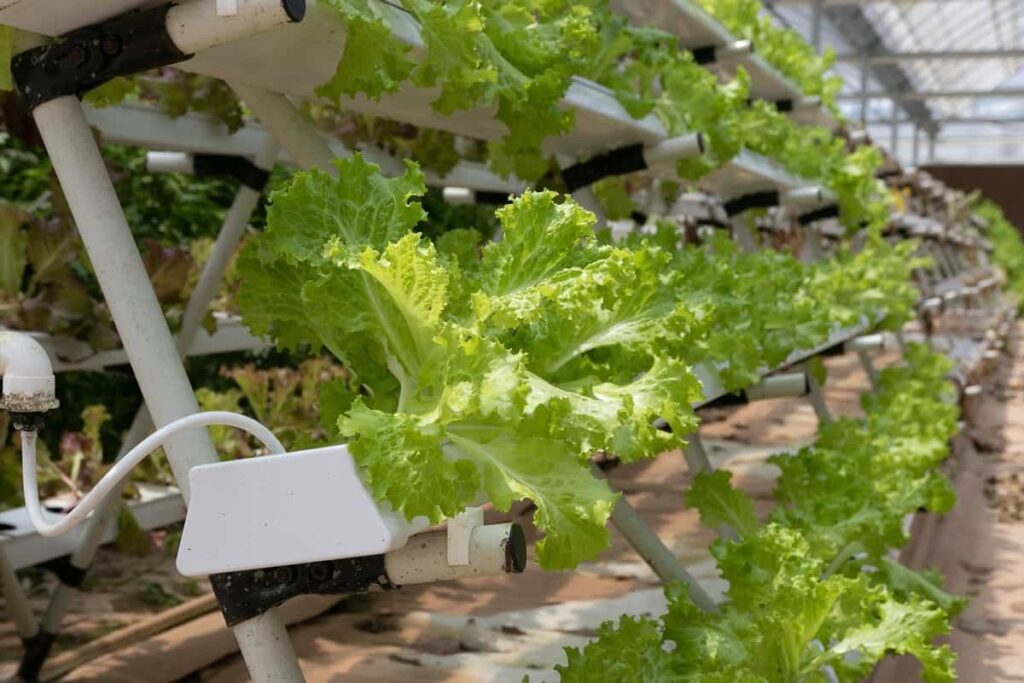Hello friends, are you planning for livestock, poultry, aquaculture, horticulture, agriculture, greenhouse, and hydroponic farming and trying to understand the farming business plan PDF? Well, you have reached the right place.
Farming business plan PDF
Poultry farming business plan
If you’re thinking about starting a poultry farm, then you need a poultry farming business plan. Here are some steps to help you get started.
1. Decide what type of poultry farm you want to start. There are many types of poultry farms, so you must decide which is right for you. Research and talk to other farmers to get an idea of what type of farm would be best for you.
2. Create a business plan. This is an important step in starting any business, but it’s especially important for a poultry farm. Your business plan includes a detailed analysis of the costs associated with starting and maintaining your poultry farm and your expected revenues. To ensure that your poultry farming business is profitable, it is important to consider all the costs associated with raising chickens.
In case you missed it: Contract Poultry Farming in India: Profits, Companies, Agreement, How it Works, The Pros and Cons

These costs can include the purchase of chicken coops and other equipment, feed, vaccines, and other medical care. In addition, you will need to factor in the cost of labor for someone to care for your chickens daily. Once you understand the costs of running a poultry farm, you can begin to develop a sales and marketing strategy.
- Choose a location for your farm. Your farm should be located in an area with good access to water and food sources and transportation routes.
- Build your poultry houses. Your poultry houses should be well-ventilated and spacious enough to house your birds comfortably.
- Stock your farm with birds. You’ll need to decide what type of birds you want to raise on your farm and then purchase the appropriate number of chicks or eggs from a hatchery or breeder.
- Care for your birds. Your birds will need regular care and attention, so you’ll need to develop a routine for feeding, cleaning, and monitoring them.
- Market your products once your birds attain market weight.
You can find the Poultry farming business plan PDF at the bottom of this post for your download.
Livestock farming business plan
A livestock farming business plan is a very important document that outlines the various aspects of starting and running a livestock farm. It includes sections on the type of livestock to be raised, the business model, the management system, the financials, and the marketing strategy. The first section of the plan should focus on the type of livestock to be raised on the farm. This will include a discussion on the breeds of livestock best suited for the climate and terrain of the farm.
In case you missed it: How to Make Cow Dung Manure Compost: A Step-by-Step Guide to Use in Your Farm/Garden

It is important to select breeds that are hardy and adaptable to the conditions on the farm. The second section of the plan should focus on the business model for the farm. There are several options available for livestock farmers, including direct sales, wholesale or contract farming. Each option has its pros and cons; these should be considered before making a decision.
The third section of the plan should focus on the management system for the farm. This will include discussing pasture management, herd health, animal husbandry, and other important aspects of running a successful livestock operation. The fourth section of the plan should focus on the operation’s financials.
This will include a discussion on start-up costs, operating costs, and expected revenues. The final section of the plan should focus on the marketing strategy for the farm. This will include a discussion on how to reach potential customers and create a brand for the farm that will differentiate it from other operations in the area.
You can find the Livestock farming business plan PDF at the bottom of this post for your download.
Agricultural farming business plan
A business plan for your farming business is like a roadmap — it outlines where you’re going and how you’ll get there. Developing a business plan can seem daunting, but if it breaks down into smaller steps, it becomes much less so. Plus, once you have a plan in place, you’ll be able to track your farming progress and make necessary adjustments as time goes by. Here’s a step-by-step guide to writing a farm business plan:
- Define your business goals. What do you want your farming business to achieve? Do you want to grow a certain type of crop? Raise a certain type of livestock? Sell directly to consumers?
- Research your industry and target market. What trends are happening in agriculture? Who is your target market? What do they want or need?
- Create a marketing plan. How will you reach your target market? What channels will you use?
- Make a financial forecast. What are your expected costs and revenues? How will you fund your operations? What is the timeframe you expect to turn into a profit?
- Write your agri-business plan. Now that you have all the information, it’s time to put them together into a coherent document. You need to start with an executive summary that outlines your business goals and strategies. Then, flesh out each section with more detail.
You can find the Agricultural farming business plan PDF at the bottom of this post for your download.
Horticulture farming business plan
Horticulture farming is a type of agriculture that deals with crops, fruits, and vegetables. It is a viable business option for those looking to enter the agricultural sector. There are various factors to consider when creating a horticulture farming business plan. These include the type of crop you wish to grow, the amount of land you have available, your start-up capital, and your target market. It is vital to do your research before starting a horticulture farm.
You need to determine what type of crop you want to grow and if there is a demand for it in the market. It would help if you also considered the available land and whether it is suitable for horticulture farming. If you need more land, you can look into leasing options. Start-up capital is another important factor to consider. You need to invest enough to cover the costs of seeds, fertilizer, equipment, and labor.
In case you missed it: How to Grow Custard Apple in Pots: Soil, Propagation, Planting, and Care

Finally, it will help if you think about who your target market is. Are you selling to local businesses or direct to consumers? Creating a detailed business plan is essential for any new business venture. By taking the time to research and plan, you can increase your chances of getting more profits in the horticulture farming industry.
You can find the Horticulture farming business plan PDF at the bottom of this post for your download.
Greenhouse farming business plan
If you plan to set up a greenhouse farming business, you will need to develop a business plan. This will help you map out your business’s costs, revenue and profits. It will also give you an idea of the competition in the market and how to position your business to be successful. There are a few things that you will need to consider when developing your greenhouse farming business plan:
In case you missed it: Roma Tomato Growing Guide: For Pots, Ground, Raised Beds, and Buckets

- The cost of setting up the greenhouse includes the materials, labour, and other associated costs.
- The running costs of the greenhouse – this includes the cost of heating, lighting, and ventilation.
- The labor cost includes the wages of any staff employed to work in the greenhouse.
- The cost of plants and seeds includes the cost of propagating your own plants or buying them from a supplier. The price of your produce is what you will charge for your fruits, vegetables, or flowers.
- The income from sales is what you will earn from selling your produce.
- The profit margin is the difference between your income and your costs and will determine whether your business is profitable or not.
- The competition – this is who else is selling similar products in your area and how you can differentiate yours from theirs.
- Your marketing strategy should include a clear manner of marketing crops grown in your greenhouse.
You can find the Greenhouse farming business plan PDF at the bottom of this post for your download.
Hydroponic farming business plan
If you’re considering starting a hydroponic farming business, you’ll need a solid business plan. Here’s what you should include:
- An executive summary. This should give a brief business overview, including your goals, target market, and financial projections.
- A company description. This should provide more details about your business, including your history, products or services offered, and any unique selling points.
- Market analysis. This section should research and analyze your target market, including potential customers, competitor analysis, and trends in the industry.
- Marketing and sales strategy. This part of your plan should detail how you intend to market and sell your products or services, including online and offline channels, pricing strategy, and promotional tactics.
- Operations plan. Here, you’ll need to outline the day-to-day operations of your business, including facilities, equipment, staff, and processes.
- Financial projections. This section should include your financial goals and forecasting for the next 4 to 5 years.
You can find the Hydroponic farming business plan PDF at the bottom of this post for your download.
In case you missed it: Vertical Hydroponic Farming: A Growing Trend In Urban Agriculture

Aquaculture business plan
The aquaculture business plan requires an evaluation of the potential for raising and selling a specific species of fish, shrimp, shellfish, or algae in a particular location. A successful aquaculture business plan must include the following:
- An analysis of the market.
- An assessment of the farm’s carrying capacity.
- A financial projection.
Market analysis
The first step in developing an aquaculture business plan is to evaluate the potential market for your product. What is the demand for your fish, shellfish, or algae species? Who are your potential customers? What price are they willing to pay? What is the competition? This information will help you determine if there is a market for your product and what price you can charge.
In case you missed it: How to Start Polyculture Fish Farming In India: Composite Fish Culture, Mixed Fish Farming Examples, Benefits, and Disadvantages

Assessment of the farm’s carrying capacity
The second step is to assess your farm’s carrying capacity. This includes determining the land, water, and infrastructure you will need to support your operation. It also includes estimating the number of fish, shellfish, or algae you can raise without damaging the environment.
Financial projection
The third step is to create a financial projection for your business. This includes estimating your start-up costs, operating expenses, and expected revenue. It also includes creating a risk management plan to protect your investment.
You can find the Aquaculture farming business plan PDF at the bottom of this post for your download.
- Sheep Farming Business Plan for Beginners
- Aquaponic Farming at Home: A Step-By-Step Guide
- Profitable Village Farming Business Ideas in 2024
- High-Yield Aquaculture: Fast-Growing Fish for Farming
- Effective Fish Pond Construction Techniques for Beginners
- Irrigation and Water Management in Pineapple Farming
- Blossom to Harvest: Mastering Flowering and Pollination in Papaya Farming
- Pig Fattening Essentials: From Selection to Sale for Beginners
- Raising Wagyu Cattle: A Complete Guide for Premium Beef Production
- Soil Types and Their Water Holding Capacity
- Optimizing Irrigation Schedules for Coconut Groves for Enhanced Yield
- Espresso Your Garden: Coffee Grounds for Healthier Acid-Loving Plants
- The Best Soil Mix for Snake Plants: How to Mix Your Own Snake Plant Soil
- Green Thumb Success: Expert Tips for Cultivating Greenhouse Beans All Year Round
- Bloom All Year Round: The Ultimate Guide to Indoor Hyacinth Care
- Eco-Friendly Gardening: How to Make Liquid Fertilizer from Kitchen Waste
- Ultimate Guide to Grow Anise in Pots: Explore Seed Propagation to Harvesting
- Guide to Raising Chester White Pigs: Discover Breed Facts to Growth Management
- Mastering the Elegance: The Ultimate Guide to Weeping Cherry Tree Care, Planting, and Maintenance
- Ultimate Guide to Planting Garlic in Grow Bags: Growing Strategies for Beginners
- How to Fix Spider Plant Leaf-Related Problems: Natural and Organic Remedies
- 10 Reasons Why Your Tulsi Plant is Shedding Leaves: Home Remedies and Solutions
- Optimizing Growth and Yield: The Advantages of Palm Bunch Ash Fertilizer
- Utilizing Neem Oil Extract as a Natural Pesticide for Hydrangea
- From Soil to Harvest: Various Ways in Which Farmers Can Use AI Tools
- Steps to Encourage and Induce Citrus Flowers: A Comprehensive Guide
- How to Fix Snake Plant Leaf-Related Issues: Natural and Organic Remedies
- Transform Your Garden into a Fragrant Oasis with Raat Ki Rani (Night Blooming Jasmine)
- Discover the Ideal Chicken Breeds for Philippine Farms
- How to Create a Poultry Egg Farm Business Plan for Profits
- Grow Lemon Cucumbers Like a Pro: Insider Techniques for Bountiful Yields
- Ultimate Guide to Caring for Your Pink Princess Philodendron: Tips for Thriving Variegation
- Areca Nut Profit Per Acre: Calculating Yield and Cost of Cultivation
- How Kaveri Chicken is Becoming a More Profitable Breed in Indian Backyards
- Transform Your Barn: 9 Steps to Convert a Horse Stall into a Chicken Coop
- Exploring Suffolk Sheep Disadvantages with Limitations and Challenges
